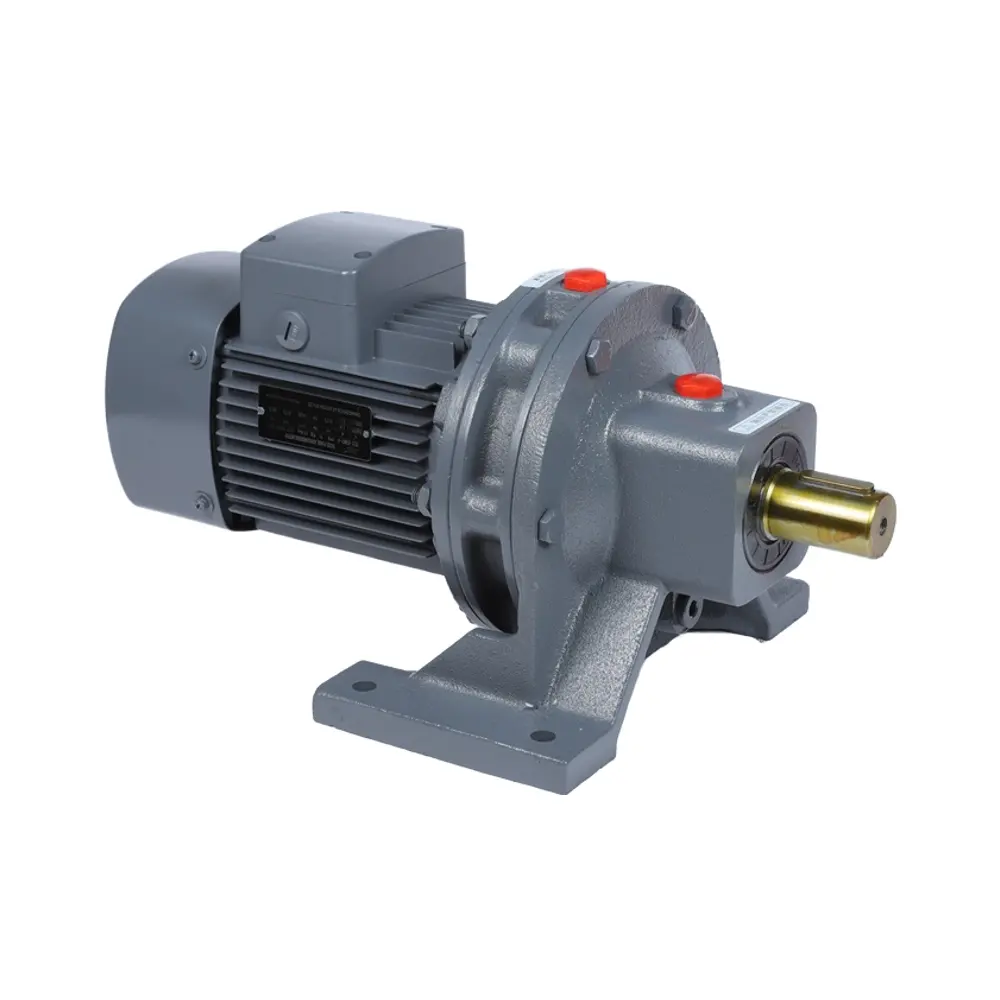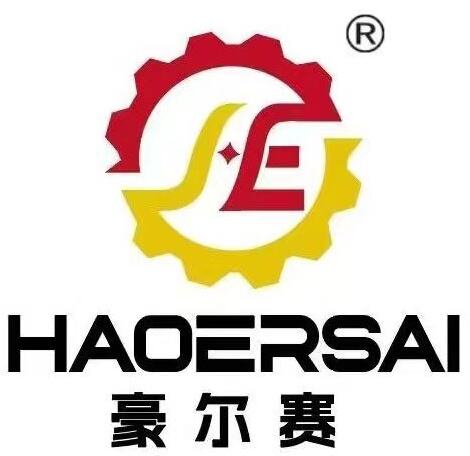Key Factors in Selecting a Gear Reduction Box
Assessing Torque and Speed Requirements
When picking out a gear reduction box, looking at what kind of torque and speed an application needs becomes pretty important. The amount of torque required basically tells if the gear box will actually work properly under load without breaking down later on. Getting this wrong often means headaches down the road when things start failing unexpectedly during operation. Most manufacturers list their torque ratings in Newton meters Nm somewhere in their spec sheets, so cross checking these numbers against what the motor can deliver makes sense before making any purchase decisions.
Getting a handle on how fast a motor operates matters quite a bit because it tells us what kind of gearbox we need for proper output speed. Looking at numbers such as revolutions per minute or RPM gives engineers something tangible to work with when matching speeds. Choosing the right gear reduction setup means finding that sweet spot between torque and speed for whatever machinery needs power. Industrial settings often see improvements after this evaluation since systems run smoother and waste less energy overall. Plants that take time to get these calculations right typically save money in maintenance costs down the road.
Understanding Gear Reduction Ratios
Getting familiar with gear reduction ratios helps match what a gear reduction box can do with what our application actually needs. These ratios basically tell us about the connection between how fast something goes in versus how fast it comes out, and they really shape what kind of power we get from motors. When we figure out this ratio by dividing output speed by input speed, it gives us a good idea if the gearbox will work right for the motor specs in our particular setup. Most engineers find this calculation pretty straightforward once they understand the basics behind it all.
Gear ratios are critical factors when it comes to how well gear reduction boxes perform across different working conditions. When gears have higher ratios, they produce more torque but run slower, making them great for lifting heavy loads or moving large machinery. Lower ratios work better for situations where speed matters more than raw power, such as conveyor belts or assembly line equipment. Getting the right ratio match makes all the difference for gearboxes. It means the system operates smoothly within its designed parameters, which translates to fewer breakdowns over time and better overall machine performance in real world applications.
Types of Gear Reduction Mechanisms
Planetary vs. Worm Gearboxes
Picking out a gear reduction box means understanding what sets apart planetary from worm gearboxes. Planetary models have this great compact size and pack a lot of torque into small spaces. That makes them really handy when installation area is tight but performance can't suffer. Efficiency stays pretty good too despite the compact nature. These types work best where both power output and energy conservation matter most. Think about automated assembly lines or robotic arms in manufacturing plants where every inch counts but reliability is critical.
Worm gearboxes have something going for them when it comes to getting those really high reduction ratios. What's interesting is how these gears actually lock themselves in place, which becomes pretty useful when machinery needs to stay put after stopping. Think about cranes or other lifting gear that must hold position without drifting. Sure, worm gears aren't as efficient as planetary ones, but nobody cares much about efficiency when what matters most is that massive torque multiplication. For jobs requiring serious power transmission with minimal space, many engineers still reach for worm gear solutions despite their energy losses.
Ultimately, understanding the typical applications suitable for each type of gearbox can aid in making informed decisions. Planetary gearboxes are ideal for high-efficiency and precise positioning tasks, while worm gearboxes excel in applications requiring substantial reduction and self-locking features, albeit with a compromise on efficiency.
Gear Train and Bevel Reducers
Another integral aspect of gear reduction mechanisms involves gear trains and bevel reducers. Gear trains play a critical role in efficiently transferring motion between non-parallel shafts. By employing multiple gears, they distribute the load evenly, maintaining efficient torque transmission and minimizing wear.
Bevel reducers stand out because they can actually change the direction of power at 90 degree angles while taking up minimal space. This feature becomes really important when there's limited room but still needs for those directional shifts. Think about tight engine compartments or crowded factory floors where every inch counts. These reducers find their way into all sorts of places too. Car manufacturers rely on them heavily in differential systems, and industrial equipment often incorporates them into complex transmission setups where compactness matters most.
Understanding the environments where gear trains and bevel reducers thrive emphasizes their utility, particularly where performance and space efficiency are required. For instance, industrial applications that involve cornering or limited room benefit considerably from their integration, reinforcing their role as foundational components in varied mechanical systems.

Application-Specific Selection Criteria
Industrial Machinery Applications
Picking out gear reduction boxes for industrial machines requires looking at load capacity and automation factors seriously. Anyone working with these systems needs to figure out what kind of torque they actually need and find reducers that won't break down under heavy duty workloads or after constant running cycles. The heat buildup is something nobody wants to deal with either. Manufacturing plants and mines face special challenges here. They tend to go for planetary gearboxes most of the time because those units pack a lot of torque into small spaces while still holding up against rough conditions on factory floors and underground sites.
For instance, in manufacturing, the choice of the correct gear reduction box has led to a significant performance improvement, with some reports suggesting an increase in operational efficiency by up to 30% through optimized gear selection.
Automotive and Robotics Use Cases
In cars, gear reduction systems must be efficient and adaptable because vehicles need to save energy while still providing smooth power delivery. These systems typically need very precise engineering and flexible designs, so manufacturers often create custom gear setups for different car models. When it comes to robotics, the focus shifts toward exact measurements and controlling speeds precisely. That means robot gears have to be specially designed for whatever job they're doing, whether it's assembling tiny parts or moving heavy loads around a factory floor.
Recent advancements in gear technology, such as the introduction of helical-designed planetary gears, have improved precision and significantly reduced backlash, enhancing both vehicle performance and robotic applications. Industry experts suggest these improvements continue to push boundaries, offering higher performance capabilities for automotive systems and robotic mechanisms alike.
Sizing and Environmental Considerations
Calculating Dimensions and Ratios
Getting the right size for a gear reduction box means matching its physical dimensions to what the system needs to run efficiently without causing problems down the road. Anyone who has dealt with gearboxes knows that two main things matter most when picking one out - how much weight or force it needs to handle, and whether there's enough room in the installation area. The specs sheets from manufacturers usually list recommended sizes based on these factors. For instance, if a machine operates under heavy loads but has limited space, finding that sweet spot between strength and compactness becomes essential. Industry standards provide helpful benchmarks too, especially those service factor ratings that indicate how much extra capacity a gearbox should have beyond basic calculations.
Many manufacturers provide formula-based tools to accurately calculate the optimal size for various load conditions, which aids in preventing under- or over-sizing that could impact the unit's efficiency and lifespan. The aim is to harmonize the gearbox dimensions precisely with your specific application needs.
Temperature and Load Impacts
Environmental conditions, such as temperature swings, can significantly influence gear selection, impacting operational efficiency and longevity. High temperatures can escalate the risk of gear wear, necessitating materials and designs that accommodate such conditions, like using specialized seals and lubricants.
The way loads vary matters a lot for gearbox performance too. Some are steady while others come in bursts of intense force. Take a look at actual industry examples and it becomes clear why food processing plants need completely different gearboxes compared to what works down in mines. Food equipment runs continuously but with lighter forces, whereas mining operations deal with massive shocks and vibrations all day long. When looking at gear reduction options, folks should really consider things like load ratings and how well they handle heat buildup. These practical considerations make all the difference when trying to get reliable operation from gearboxes in so many varied working environments.
Maintenance and Efficiency Optimization
Routine Maintenance Best Practices
Performing regular maintenance is crucial for extending the lifespan of gear reduction boxes. Key tasks include adhering to a consistent lubrication schedule and conducting thorough inspections. These practices ensure that the gearbox remains in optimal condition, reducing wear and preventing unexpected failures.
Technologies like vibration analysis and thermal imaging are changing how we maintain equipment. These tools let technicians spot problems early before they turn into costly repairs. Keeping track of what gets fixed when matters too. Detailed maintenance logs help spot trends in equipment behavior that might otherwise go unnoticed. When mechanics know exactly what parts wore out and when, they can decide whether to tweak settings or replace components altogether. This kind of record keeping doesn't just save money in the long run it actually extends the life of industrial gearboxes significantly.
Balancing Efficiency and Durability
Balancing efficiency and durability in gear selection can be challenging, but it's crucial for long-term performance. One must understand the trade-offs involved, as case studies demonstrate how different approaches can influence outcomes.
What materials we choose makes all the difference when it comes to how well gearboxes perform and how long they last. Take high quality alloys for instance they stand up pretty well to wear and tear over time, though they do tend to be pricier than other options. The gear tech world has been making some serious strides lately, trying to get better efficiency and longer life out of gears without breaking the bank. We've seen some interesting improvements in metal processing techniques along with smarter gear design approaches. These changes are helping extend gear life spans while keeping performance levels high, so companies can save money without sacrificing quality. For manufacturers working with gear reduction systems, staying current with these developments means getting equipment that stands up to tough conditions day after day, which is exactly what most industries need from their mechanical components.
FAQ Section
What is a gear reduction box?
A gear reduction box is a mechanical device that alters the speed and torque of a motor or power source, usually to increase the torque while decreasing the speed.
Why are gear reduction ratios important?
Gear reduction ratios are important as they define the speed and torque conversion between the input and output. This helps in matching motor capabilities with the requirements of the application.
How does one determine the right gear reduction box for their application?
The right gear reduction box is determined by assessing the torque and speed needs of the application, understanding gear ratios, and considering factors such as space, efficiency, and environmental impacts.
What are the common types of gear reduction mechanisms?
Common types of gear reduction mechanisms include planetary gearboxes, worm gearboxes, gear trains, and bevel reducers, each suited for different applications and requirements.

